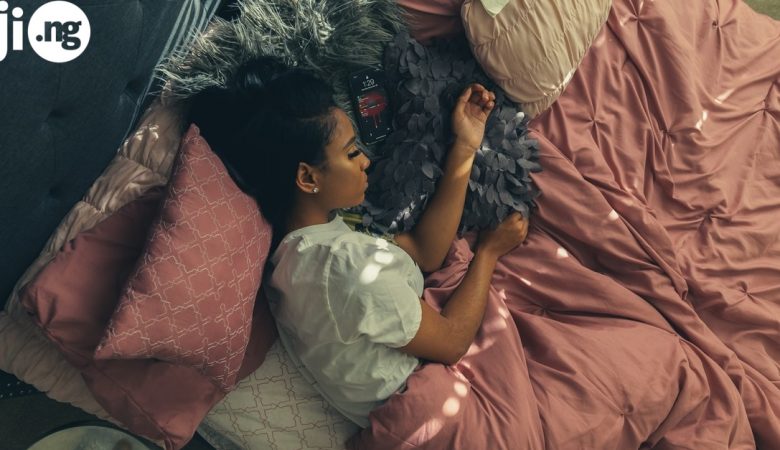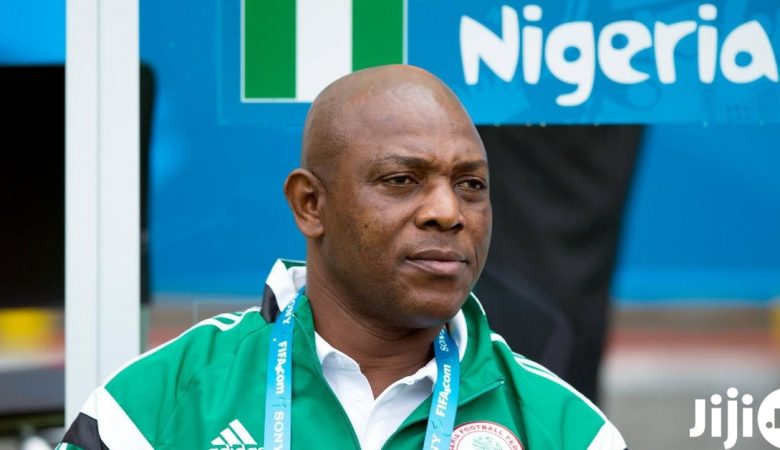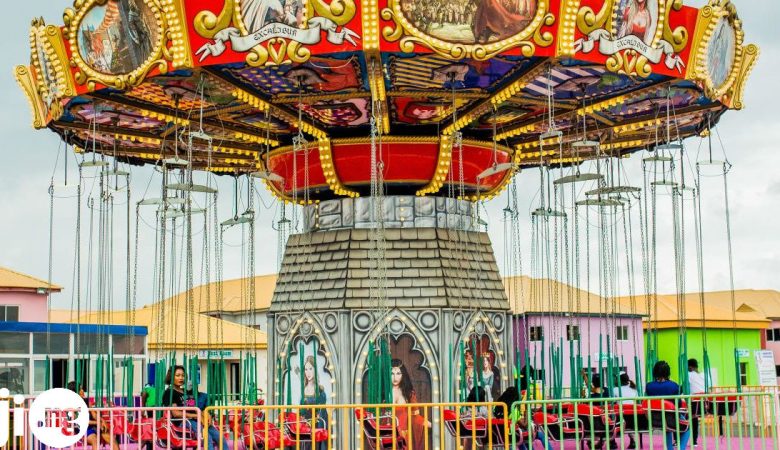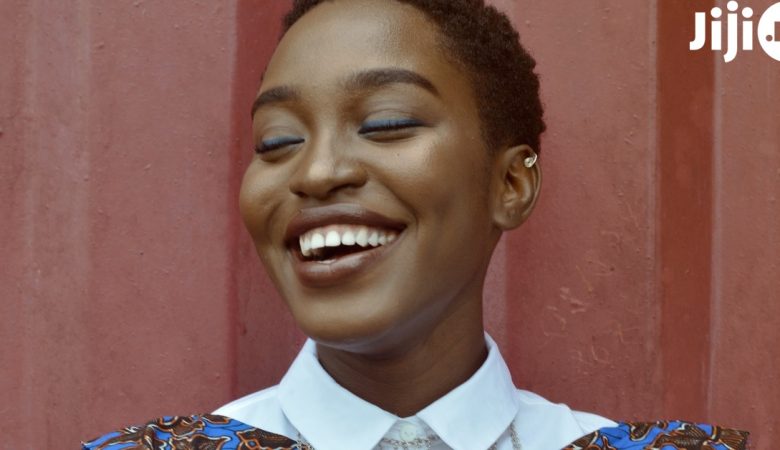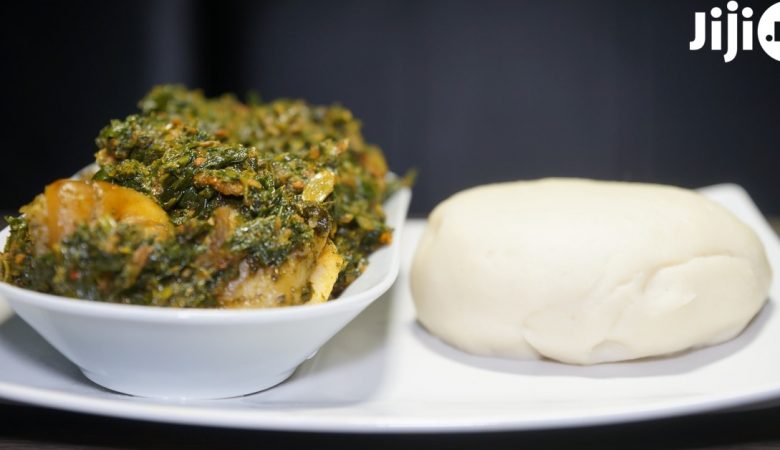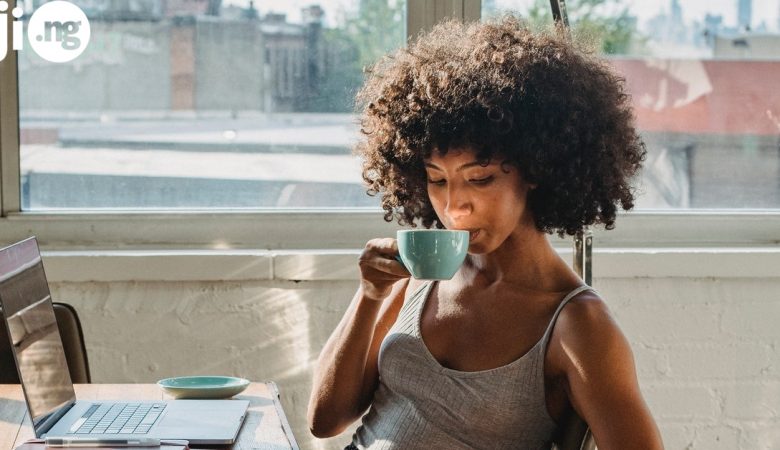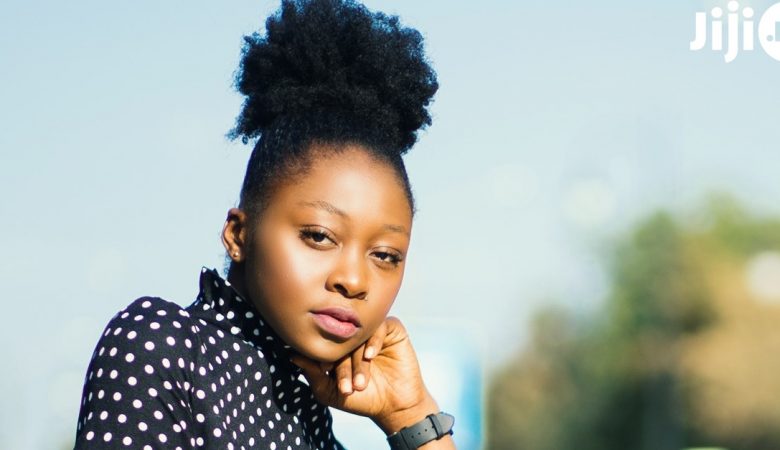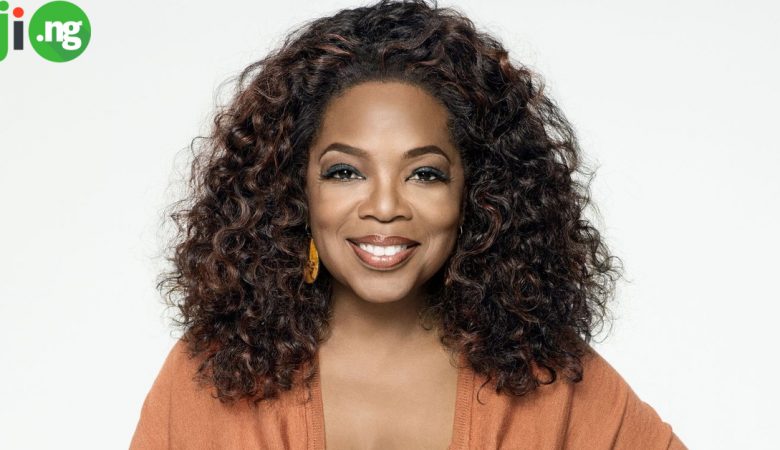No matter anyone might say, dance is a big part of our lives. It’s a manner of celebrating, having fun, relaxing and often – socializing with other people. But for our ancestors, dance was more of a ritual, it had even more sense and meaning.
A lot of Nigerian traditional dances are being forgotten, because for a long time there has been no way of recording them, everything was passed from generation to generation.
So, let’s take a look at some of the most popular types of traditional dance in Nigeria that have survived till our time.
Buy products for the best price with the Jiji app!
Almost every Nigerian tribe has its own variation of a traditional dance, that’s why it would be impossible to mention all of them. But here are a couple of the most fun and important Nigerian dance there is:
1. Bata dance
One of the types of Yoruba traditional dance, this dance is known not only for its cheerful, acrobatic style but also for the drums that accompany it.
Bata drummers are as big part of the dance, as the dancers themselves, and it’s really difficult to stand still when you hear them play. It is performed both by women and men and is often accompanied by traditional singing, like most of other Yoruba dances.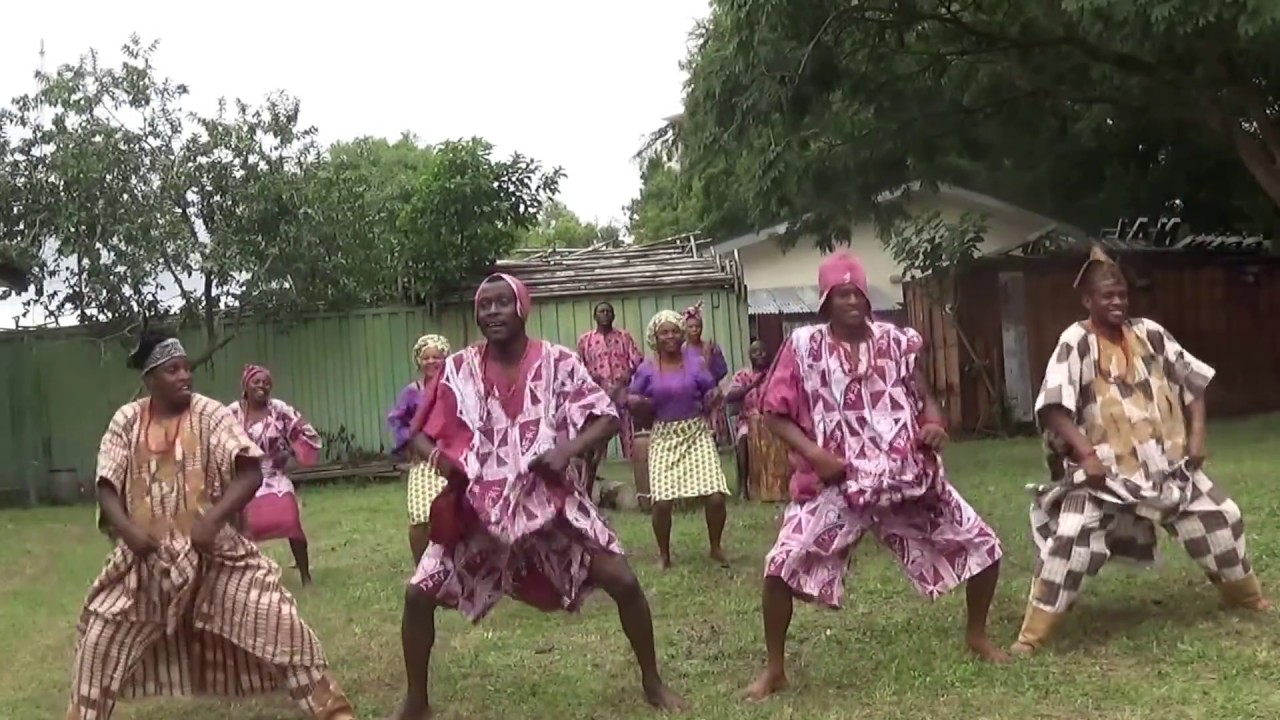
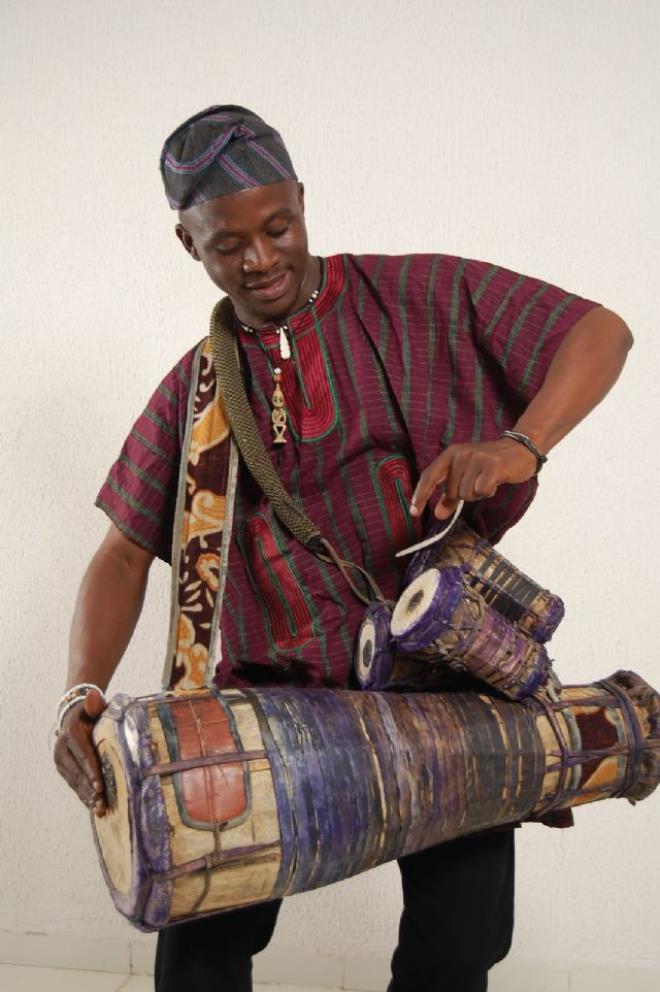
2. Atilogwu dance
This Igbo cultural dance is very fun, bright and full of acrobatics as well. It is more often performed by young men and women, which means that it is often more fast-paced and fiery. Atilogwu Igbo dance is common at different festivities, it is accompanied by drums and ogene.
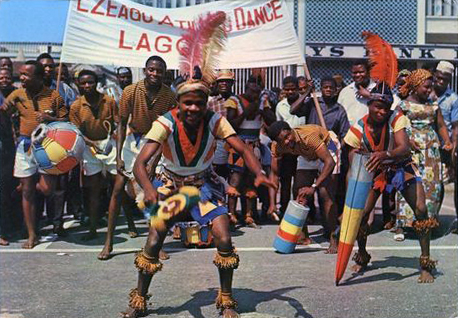
3. Nkwa umu-Agbogho dance
Another Igbo dance, Nkwa umu-Agbogho is performed by young women. Traditionally, it is a kind of presentation of women, ready for marriage. Now, it is just a beautiful dance, it looks flowing, light and kind of flirty.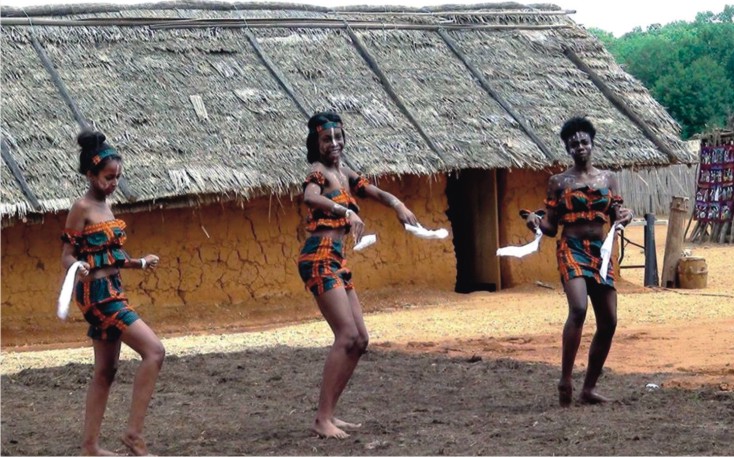

4. Koroso dance
Koroso is a Hausa traditional dance, which is also common among the Fulani people. It was born from the mix of these two cultures, with traditional instruments of both of them used to accompany the dance.
It is performed by a group of up to 8 people that usually dance in pairs. It is a really happy dance, and it pays a great homage to both Fulani and Hausa cultures and styles.
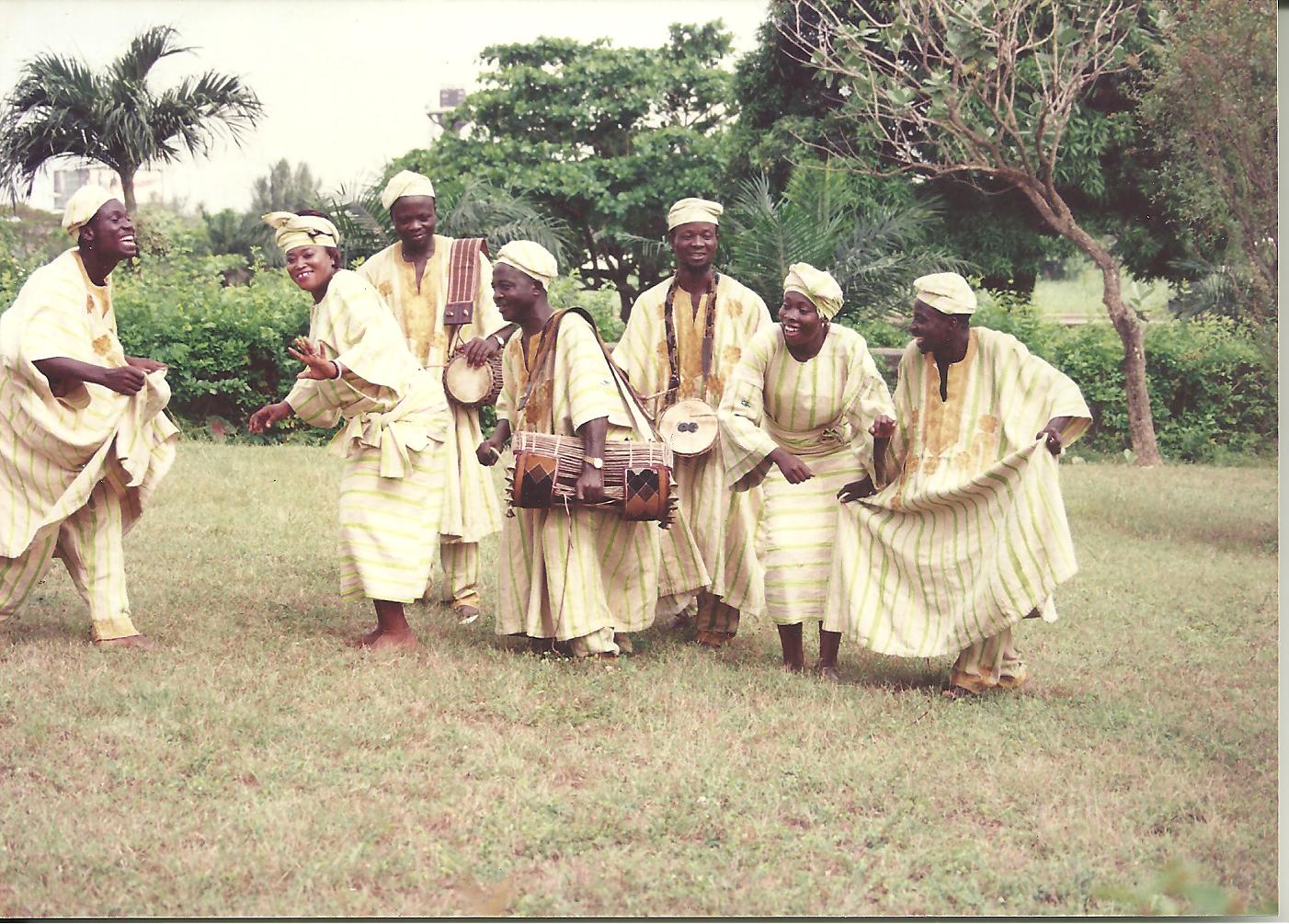
5. Swange Dance
This Nigerian dance, also known as a boneless dance, originates from the Benue state and is a traditional dance of the Tiv people.
Its main feature is that, while performing, dancers can drastically change their rhythm, from slow, smooth one to fast, sharp and shaky one. It is accompanied with a traditional Tiv instrument – algaita, and, of course, drums.
Get anything you need for dancing with the Jiji app!
# fashion in nigerian traditional styles 2017

